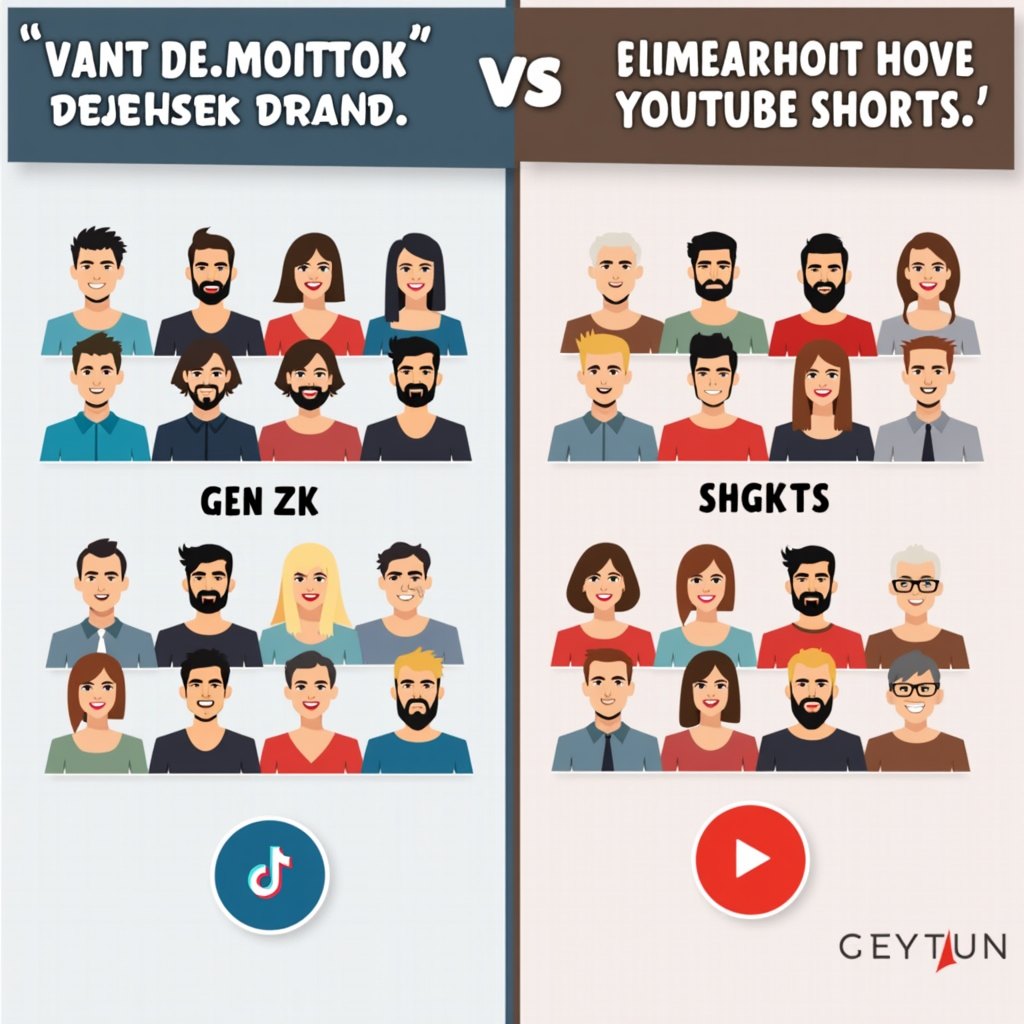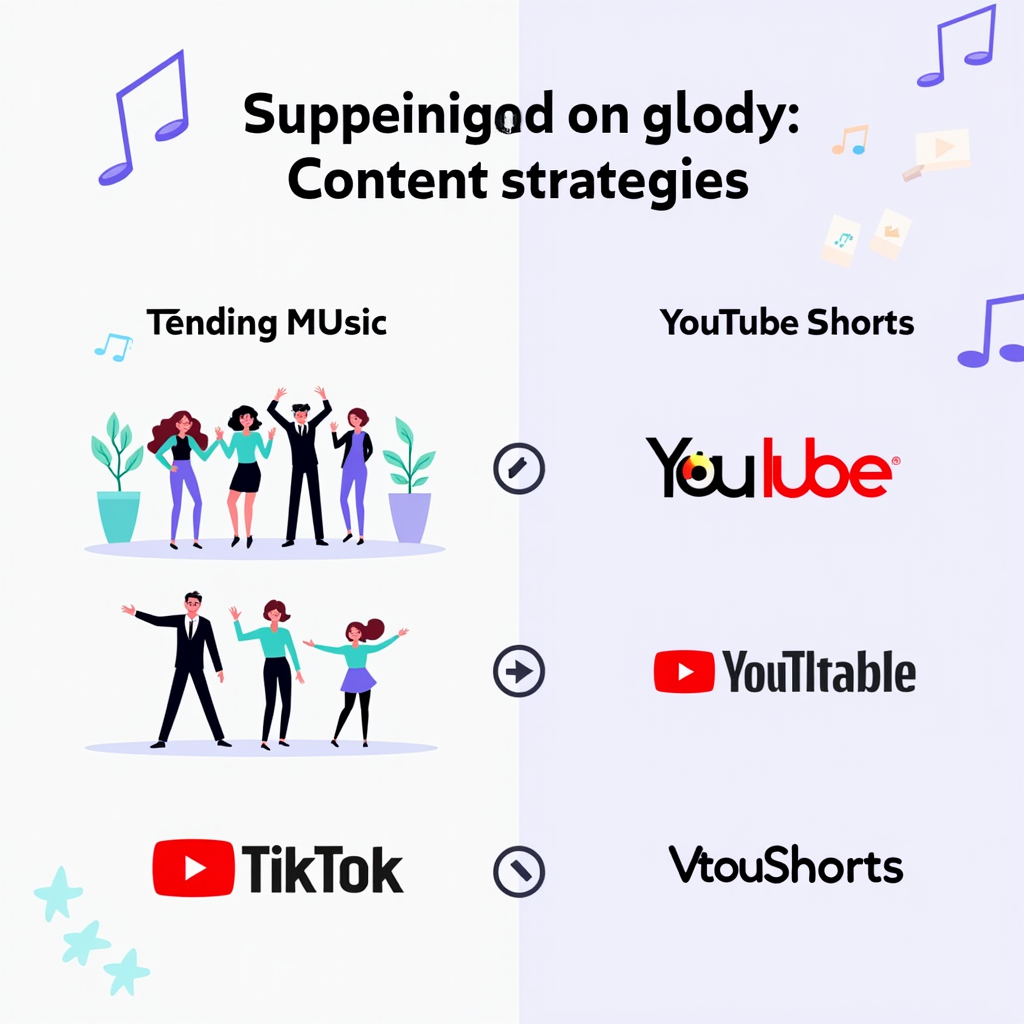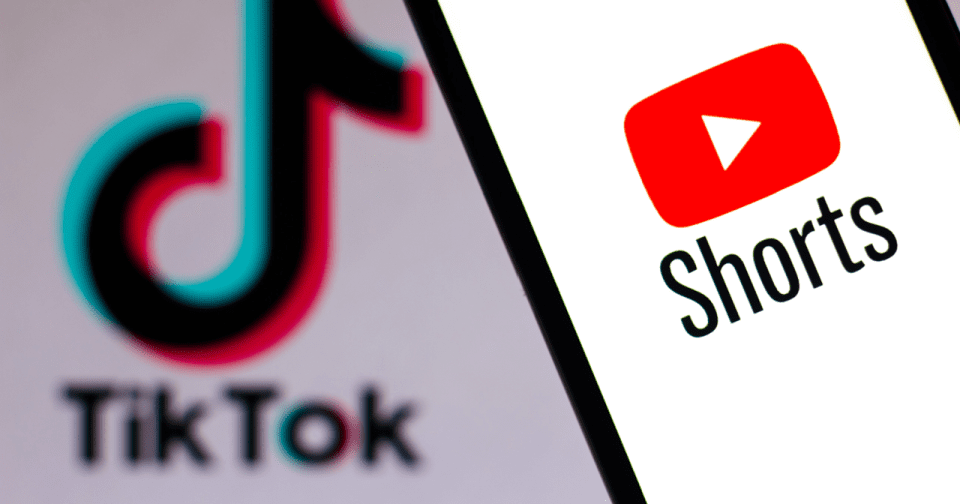Optimize Short Video Strategy: YouTube shorts compared to tiktok
Welcome to the world of short video, where creativity and entertainment meet in short, attractive footage. In the digital era, where the user’s attention becomes more valuable than ever, YouTube Shorts and TikTok have emerged as dominant platforms, shaping the way we consume and share Content. This article will go into the difference and similarity between these two platforms and provide deep insights so you can make the most of their potential for marketing and branding purposes.
Overview of YouTube Shorts and TikTok
YouTube Shorts compared to Tiktok: Two giants in the short video village
YouTube Shorts and Tiktok are both potential short video platforms, characterized by the ability to create high interaction and spread quickly. Both are aimed at the user who prioritizes experience on Mobile devices and is suitable for the current attention economy.

* YouTube shorts: As a product of Google, taking advantage of the large YouTube ecosystem, allowing users to easily explore new content and connect with the existing viewers community.
* Tiktok: Owning by Bytedance, famous for its strong content proposal, the ability to create trends and the young and dynamic user community.
Short video trend: Change in user habits
The rise of a short video reflects a significant change in user preferences. Today, users tend to find content quickly, attractive and easy to consume. The short video perfectly responds to this demand, enhancing the interaction and information memory of information.
* Reason for popularity:
* Convenience: Easy to see on mobile devices anytime, anywhere.
* Entertainment: Diverse content, creativity and regular updates.
* Sharing ability: Easy to share with friends and family.
* Suitable for busy schedule: Does not take much time to see.
Compare details between the two platforms
Algorithm: The secret behind the spread
Algorithm is a key factor determining the success of a video on both YouTube Shorts and Tiktok. However, the way the algorithm operates between these two platforms has significant differences.
* Tiktok: Tiktok’s algorithm is mainly based on user behavior. This platform collects data about the videos you have watched, likes, shares and comments, thereby proposing the same content that you may be interested in.
* YouTube shorts: The YouTube Shorts algorithm focuses on video optimization. Factors such as title, description, card and interaction level (views, likes, comments, shares) play an important role in determining whether your video is proposed for users.
The ability to spread and the scope of approach
One of the most attractive factors of a short video is the ability to spread quickly. However, the speed and scope of the spread also have a difference between Tiktok and Youtube Shorts.
* Tiktok: Tiktok videos tend to spread faster, especially when participating in popular trends or challenges. However, the life cycle of a Tiktok video may be shorter than Youtube Shorts.
* YouTube shorts: Although it may take more time for your videos to spread on Youtube Shorts, the integration with a large YouTube ecosystem helps the video to get a more stable and lasting viewer.
Video parameters: Size, time and quality
Video parameters are another important factor to consider when creating content for Youtube Shorts and Tiktok.
* Duration: Tiktok allows uploading videos of up to 10 minutes, while YouTube Shorts is limited to 60 seconds.
* Resolution and frame ratio: Both platforms recommend the use of 1080 × 1920 pixels resolution and 9:16 frame ratio to make sure the video is displayed well on mobile devices.
Tools and effects: unlimited creativity
Both Youtube Shorts and Tiktok provide video editing tools and effects to help users create unique and attractive content.
* Tiktok: Tiktok is famous for its rich collection of effects and filters, allowing users to easily add Creative elements to their videos.
* YouTube shorts: Although there are not many advanced editing tools such as Tiktok, YouTube Shorts still provide basic features such as video cutting, adding music and text.
User objects and behaviors
Customer segment: Effective targeting
Understanding the user of each platform is essential to develop effective content strategies.

* Tiktok: Tiktok attracted mainly the Z generation (people born from 1997 to 2012), who tend to search for entertainment, creativity and related to the latest trends.
* YouTube shorts: YouTube Shorts attracts both traditional users of YouTube and users who prioritize experience on mobile devices. This creates a blend of different age groups and interests.
User behavior: How they interact with content
User behavior on each platform is also different, affecting the way they interact with the content.
* Tiktok: Tiktok users often glide through the trend videos, participate in challenges and find short entertainment content.
* YouTube shorts: YouTube Shorts users tend to watch many different types of content and often switch between short videos and long videos on YouTube.
Content strategy: Create a difference
Tiktok: Keep up with the trend and spread
* Focus on the trend: Catch and take advantage of trends, challenges and music that are prevailing on Tiktok.
* Use effects and filters: Add creative and funny elements to your video using Tiktok’s unique effects and filters.
* Create attractive and easy to share content: Makes your videos worth watching and easy to share with friends and family.
YouTube shorts: Branding and taking advantage of existing property
* Emphasize the Brand: Make sure your content clearly shows the identity and value of the brand.
* Reuse content from YouTube: Convert long videos on Youtube into short videos on shorts to reach new audiences.
* Video optimization for search: Use related keywords in the title, description and card to make your videos easily found on YouTube.
Advertising optimization: approach customers target
Advertising format: suitable selection
Both Tiktok and YouTube Shorts provide different ad formats to help you reach the target customers.
* Tiktok:
* In-Feed Ads: Advertising is alternating between normal videos on “for you”.
* Branded Hashtag Challenges: Create unique hashtag challenges to encourage users to create and share content related to your brand.
* YouTube shorts:
* Video Action Ads: Video ads have action buttons, encourage users to perform actions such as website access or application download.
* App Install Ads: Advertising is designed to promote the application download.
Advertising effect: Measurement and improvement
* Tiktok: Tiktok provides fast brand access and creates strong spread.
* YouTube shorts: YouTube Shorts integrates better with Google’s advertising ecosystem, allowing you to target target customers more accurately and measure advertising effectiveness in detail.

Video optimization: Improve quality and performance
Standards and tools: Create professional videos
* Video standard:
* Resolution: 1080 × 1920 pixels.
* Frame ratio: 9:16.
* Format: MP4.
* Video editing tool:
* Capcut: Free video editing application with many powerful features.
* Adobe Premiere Rush: Professional video editing software for mobile devices and desktops.
Conclude
YouTube Shorts and Tiktok are two powerful short video platforms, each with its own advantages and disadvantages. By understanding the difference between these two platforms and applying appropriate strategies, you can make the most of their potential to achieve marketing goals and branding. Remember, creativity, consistency and adaptability are the key to success in this competitive short video world.
Comment Policy: We truly value your comments and appreciate the time you take to share your thoughts and feedback with us.
Note: Comments that are identified as spam or purely promotional will be removed.
To enhance your commenting experience, consider creating a Gravatar account. By adding an avatar and using the same e-mail here, your comments will feature a unique and recognizable avatar, making it easier for other members to identify you.
Please use a valid e-mail address so you can receive notifications when your comments receive replies.
